Additional tours
1) Tartu - Tallinn - Tartu.
A guided tour that includes a tour in Tallinn by bus and on foot, a visit to the Dome Church and a two-course dinner in the Old Town of Tallinn.
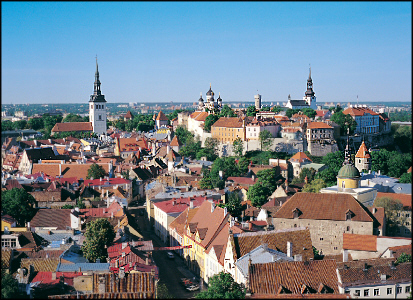
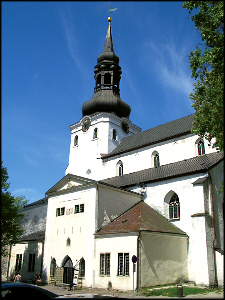
The walking tour gives an introduction to the historical heart of Tallinn, which especially during the 15th century was a rich and prosperous town of
Hansa tradesmen. The tour starts from the Dome Hill (Toompea), from Castle Square where Toompea Castle, the seat of the Estonian Parliament is facing the
19th century symbol of the Tsar's power in Estonia, Alexander Nevski Cathedral. After visiting the Dome Church (13th century) and enjoying a breathtaking
view from a viewing platform, the tour continues by strolling along the narrow cobblestone streets down to the Town Hall Square that features the gothic Town
Hall from the 13/14th century - one of the oldest in Northern Europe.
Bus tour introduces Kadriorg Park and the 18th century baroque palace of Peter the Great, Convent of St Bridget in the Pirita suburb and the famous
Song Festival Ground.
2) Tartu - Värska - Setumaa - Otepää - Tartu.
A guided tour in Southeast Estonia, in the area of the archaic Setu ethnic group that includes a programme of local cultural, a dinner and free entrance to
local museums.
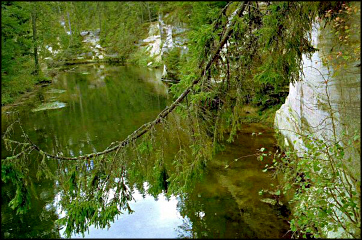
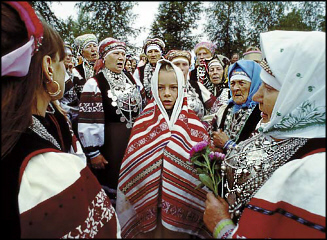
In the Setu Farm Museum you can admire farm architecture, old tools and a rich collection of handicraft items dating from the end of the 19th and the
beginning of the 20th centuries. The display comprises a half-enclosed yard, a dwelling, storehouses for clothes, grain and food, a barn with a hay shed, a
workshop, other sheds, a smoke sauna, a pottery, a smithy, a barn and kiln house and a tea house. The majority of the buildings are original and originate from
northern Setumaa.
Otepää is a small town in the picturesque Otepää highlands of numerous lakes, and a famous place in Estonia for both summer and winter holidays. First of
all, however, it is an internationally significant skiing centre. Several prominent Estonian skiers live or train here. International skiing competitions take place
here. Otepää is called the Winter Capital of Estonia. It got its town rights in 1936. The favourite places are around Lake Pühajärve in Otepää highlands.
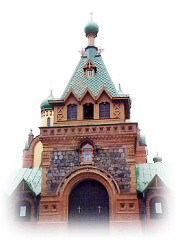
3) Tartu - the Old Believers' Church of Raja Village - Kuremäe Nunnery - Kohtla Mining Museum - Rakvere - Tartu.
A guided tour, visit to the Old Believers' Church, the Kuremäe Nunnery, the Kohtla Mining Museum (including a miner's dinner) and the Medieval
Stronghold of Rakvere.
Pühtitsa Convent (Kuremäe)
This town of Northeast Estonia is home to the Pühtitsa Convent, the only Orthodox nunnery in the region. Some 80 Orthodox nuns reside here along
Lake Peipsi, adhering to devout discipline. The five-domed Cathedral of the Assumption is the main attraction.
Kohtla Mining Museum
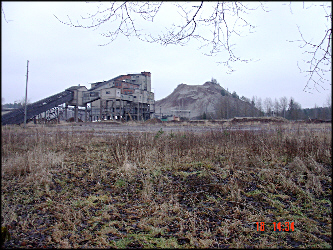
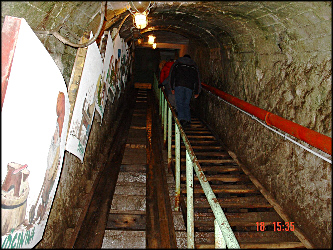
The formation of oil shale has started over 450 million years. Oil shale is found just beneath the earth's surface and in some places almost on the ground. In
the southern hemisphere oil shale lies about 2.5 metres deeper per every kilometre than in the northern hemisphere. The tunnels of this mine (now a museum)
are from 8 meters to at least 35 metres below the ground. The oil shale that lies higher can be excavated from above the surface. The deepest layers of oil shale
have been excavated at 70 metres. The mining and use of oil shale in energy production began in 1916. The main consumers are electricity production plants.
The amount of electricity produced from oil shale forms about 96-98% of Estonia's energy consumption. The production of one kWh requires 1.5 kilos of oil shale.
The Medieval Stronghold of Rakvere

A historical trail of adventure at the stronghold of Rakvere where you will have an opportunity to obtain information and experience the Middle Ages in Estonia.
4) Tartu - Põltsamaa - Soomaa - Pärnu - Viljandi - Tartu.
A guided tour that includes a visit to the Põltsamaa Castle and the tasting of local wines with dinner and tours in the Soomaa National Park, the towns of
Pärnu and Viljandi.
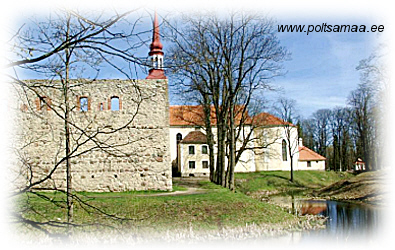
Põltsamaa Castle
Põltsamaa Castle was founded in 1272. The contours of the 14th century circular wall are still visible. From 1570 to 1578 the Castle was the residence of
Duke Magnus. The fort suffered from warfare and in 1770 the old convent building was replaced by a Rococo palace that was the best specimen of the Rococo style
in Estonia. The ruins of the castle, destroyed in 1941, have not been conserved yet. The massive circular walls hide secrets. One may see big cannonballs of
stone, staircases and entrances, but if you are lucky, you might get a glimpse of the Castle Ghost. At present, the courtyard has been converted into a wonderful
stage for outdoor events.
Soomaa National Park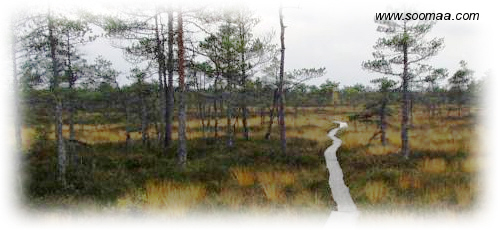
Soomaa National Park was established on December 8, 1993 for protecting large mires, floodplain meadows and forests of Southwest Estonia, and to preserve
as well as present cultural lore characteristic to this area. The territory of the National Park is divided into zones of different protection levels: strict nature
reserve, special management zone and limited management zone. The total national park area is 371 sq km, of which strict nature reserve covers 1.5 sq km,
special management zone 287 sq km and limited management zone 82.5 sq km. Four big bogs and mires are close to each other, forcing forest and rivers in the
narrow passageways between them and making Soomaa a traditional land of swamps: Kuresoo of 10 842 ha, Kikepera of 6 900 ha, Ördi of 4 910 ha and of Valgeraba
3 000 ha. However, just as characteristic to Soomaa are the rivers running through it that are bordered with floodplain forests and extensive floodplain
meadows. Having accumulated more than enough water from the Sakala heights and from the Soomaa wet lowlands, they leave their beds to adventure among the
adjoining floodplain meadows. During the bigger floods the water flows through the forests as well as in through the doors and windows of the houses that happen to be
on the way. Thus it is quite understandable that Soomaa locals call the flood period their "fifth season." In order to get around in the high waters, they use an
archaic watercraft called haabja (dugout), a boat carved out from the trunk of an aspen tree.
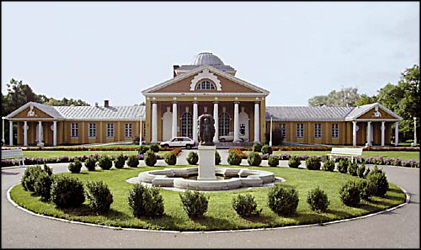
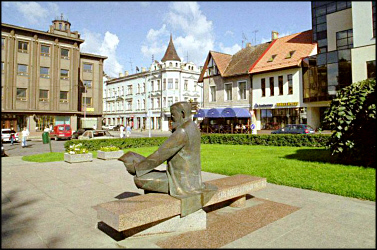
Pärnu Sightseeing
Pärnu is a famous beach resort and serves officially as "the Summer Capital" of Estonia.
Pärnu, a popular beach and holiday resort is a town of lime-trees, parks and sea. The town was founded in 1251. In the 14th century Pärnu joined
Hanseatic League. You will have a brief stop in this charming old resort by the Baltic Sea.
Viljandi
Viljandi is a small town on the north slope of a primeval valley of the same name. Picturesque Lossimäed (castle hills), Trepimägi (staircase hill), many
parks, lakes and ponds make Viljandi a pleasant summer resort. The medieval town was a residence of the Orders commandery; it belonged to the Hanseatic
League, but only ruins remain of the castle. Many houses date from the 18th century. The 1900s have also provided interesting houses, e.g. the Viljandi Town Hall
(1931), one of the first functionalist public buildings in Estonia. The town is proud to host Theatre Ugala and the Cultural Academy; the annual international folk
music festival draws a large audience each summer.
© cps '05
